27, June 2023
Myth or Reality: BEAC speaks of consequences of the Russia-Ukraine war on Cemac countries 0
The Bank of Central African States (Beac) has presented its view on how the ongoing war between Russia and Ukraine has impacted the Cemac economies in 2022. In a recent economic and statistical bulletin, the institution observed a V-shaped impact resulting from the conflict.
On a good note, “the economic growth went from 1.8% in 2021 to 2.9% in 2022 thanks to a good impetus in the oil and gas sector in the region, despite a slight decline in the non-oil sector”. However, before the war started, Beac was expecting a 3.2% growth, meaning the war caused a loss of 0.3pts.
Although there has been an improvement in the prices of crude oil and natural gas on the international market, with positive financial repercussions for Cemac countries, demand was less vigorous. Beac points out that gross domestic demand has made a smaller contribution to Cemac growth in 2022, even though it remains the main driver of real growth in the region (2.1 points in 2022, against 7.4 points in 2021), with a slight decline in the contribution of private consumption (3.5pts in 2022, against 4.0pts in 2021) and that of public consumption and gross investment (- 1.1 points and – 0.4 points respectively).
The Russia-Ukraine war has also triggered strong inflationary pressures in the Cemac, as many countries in the region depend on Russian wheat and construction raw materials from Ukraine. In 2022, due to higher food prices, inflation rose to an annual average of 5.6% and 6.7% year-on-year, compared with 1.7% and 2.6% respectively a year earlier. Before the outbreak of the war, Beac forecasted inflation to be 2.1%.
A good point of the conflict, Beac found, is an improvement in the public finances of Cemac countries as a result of “the upward trend in the prices of exported products (…), particularly crude oil”. Overall, the budget balance, including grants, reached 2.5% of GDP in 2022, compared with -1.2% of GDP in 2021. Before the start of the crisis, it was forecast at 0.5% of GDP, an increase of 2.0 percentage points.
About money supply and its counterparts, the Beac noted “a surge in the monetary system’s net foreign assets, which doubled to CFA2,863.8 billion; a 4.7% deceleration in the monetary system’s net claims on CEMAC countries, to CFA8,585.1 billion; a 7.7% rise in loans to the economy, to CFA9,912.3 billion; and a currency coverage ratio of 73.1% (against 64.0% in 2021), up 6 basis points on the level projected before the war”.
Source: Business in Cameroon
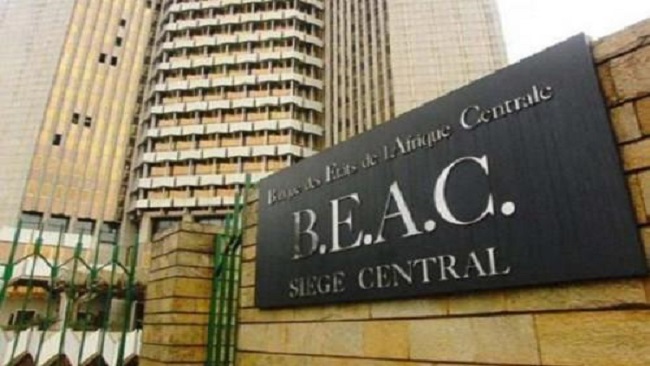




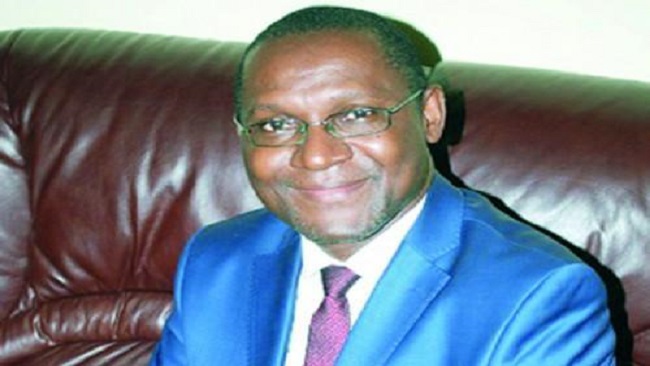

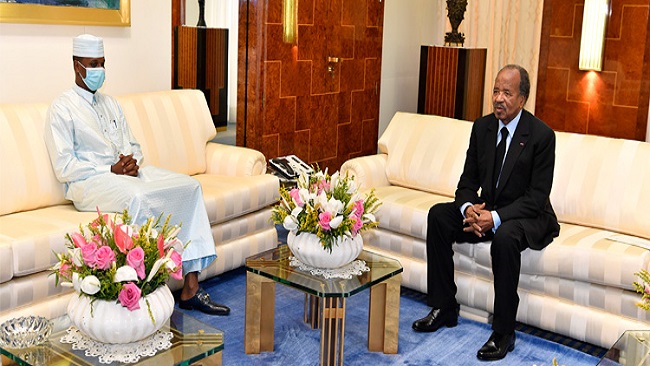
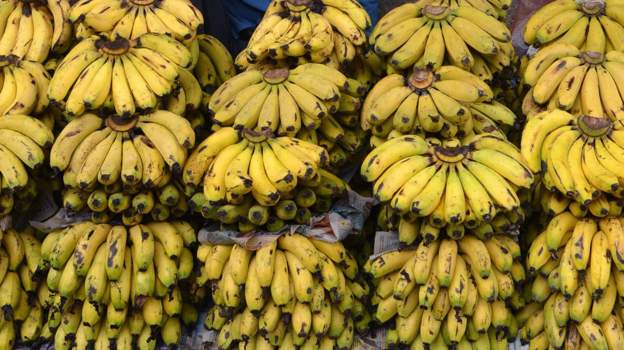







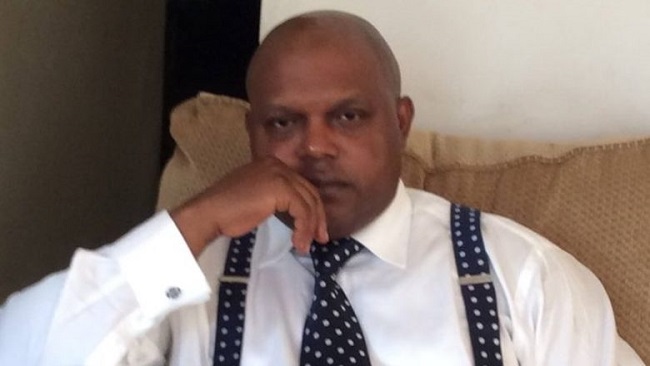
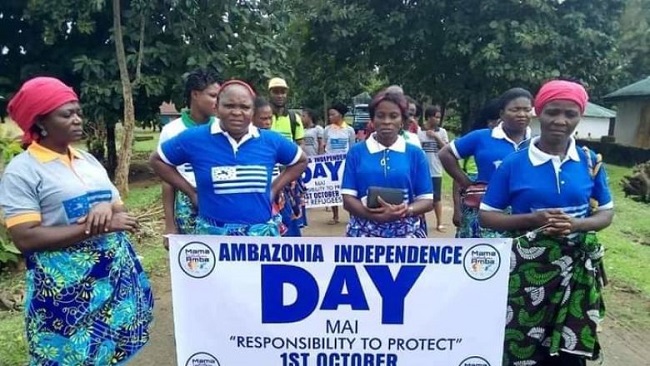








27, June 2023
Cameroon is the biggest energy provider in Sub Saharan Africa 0
Cameroon remains the largest energy supplier in the Cemac region, with a total installed capacity of 1,750 MW, equivalent to the combined capacities of Congo, Gabon, and E. Guinea.
In a special report focused on energy access in sub-Saharan Africa, the United Nations Conference on Trade and Development revealed that the country holds the largest share of installed power in the Cemac region, accounting for 48% of the total capacity of 3,700 MW. Gabon follows with 780 MW, representing 21% of the sub-regional total, ahead of Congo with 640 MW (18%), and Equatorial Guinea with 350 MW (10%). These figures imply that the capacity of the Songloulou hydroelectric dam (384 MW) in Cameroon surpasses that of Equatorial Guinea as a whole.
Despite this lead over other Cemac countries, Cameroon still faces significant challenges in providing efficient electricity access to its entire population. To address this issue, the country has undertaken multiple energy projects in recent years. As a result, all turbines of the Nachtigal dam (420 MW) are set to be operational by 2024. This single infrastructure project will then account for nearly 66% of Congo’s current total capacity and about 54% of Gabon’s.
However, compared to other African countries with the same level of development, Cameroon is behind. For example, Côte d’Ivoire has an installed capacity of 2,230 MW, 480 MW more than its Central African peer. This means that even the full commissioning of its Nachtigal dam will not bring Cameroon to the same level as Côte d’Ivoire. Also, around 10% of Côte d’Ivoire’s electricity production is exported to other West African countries (Ghana, Togo, Benin, Burkina Faso, Mali, and Liberia, notably), whereas Cameroon often finds itself in production deficits of up to 100 MW at certain times of the year, according to its power utility Eneo. Similarly, the Central African country is only aiming for a capacity of 5,000 MW by 2030, while its West African counterpart rather eyes 6,000 MW.
The major barrier to a developed electricity sector, according to Cameroonian authorities, is the lack of financial resources to carry out projects and the shortcomings in the country’s energy policy. Yet, the country boasts the third largest hydroelectric potential in sub-Saharan Africa (12,000 MW), behind the Democratic Republic of Congo and Ethiopia.
Source: Business in Cameroon